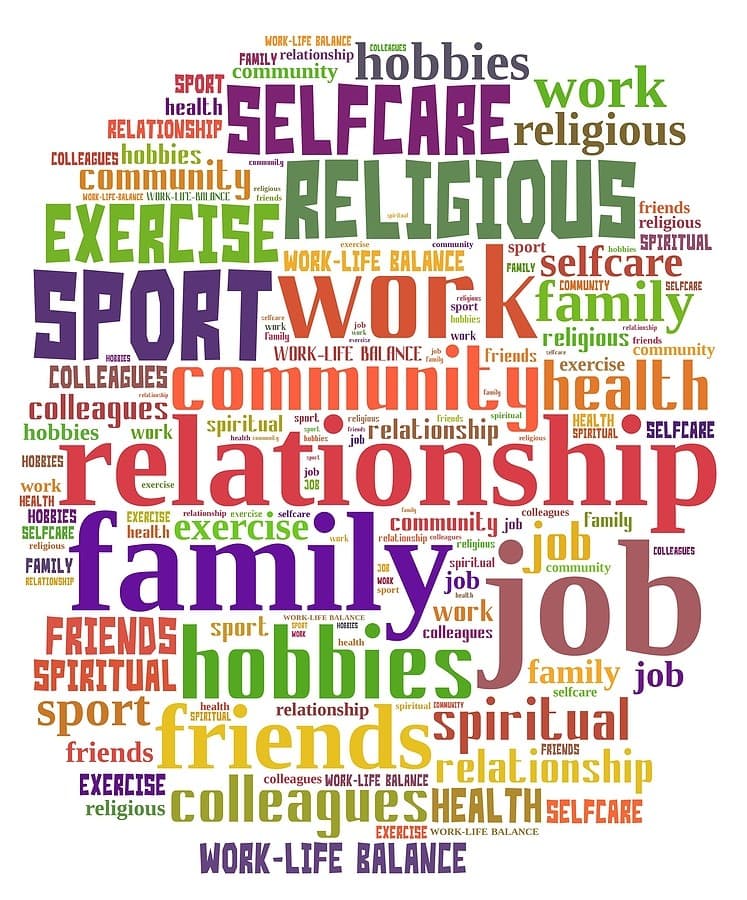Last spring, when “Take Your Child to Work Day” rolled around, it seemed like a cosmic joke: So many millions of people were wishing they could just kick their kids out of their (home) workplace, for once! Few, I suspect, thought we’d be awash in the same dark irony six months later, but there it is: This week brings us National Flex Day, and here we are, many of us living through a kind of workplace flexibility hitherto undreamed of, even by the initiative’s creators.
In fact, it’s hard to even remember what the workplace flexibility conversation was about this time last year. Something to do with how companies might decide which employees could work from home, and in which circumstances? Parsing the fine points of full-time remote work vs. occasional telecommuting? Bemoaning organizations that refused to consider any sort of flexibility or schedule control at all?
What a difference a year makes! This National Flex Day, people are doing so many things neither they nor their employers would have thought possible just one year ago:
- They are working from home, full-time.
- They are flexing their hours, getting in work around chores, home-schooling, and other caregiving responsibilities.
- They are letting people into their private spaces (however cleaned up or disguised) and introducing them, however inadvertently, to family members and pets.
- They are dropping defenses, admitting to personal lives and feelings that many never revealed in their work personas.
The other side of this coin is the company leaders and managers who are also doing things differently than what they ever thought possible a year ago:
- They are learning to live with the uncertainty of not being able to watch an employee’s every move.
- They are finding creative ways to get beyond obstacles they once claimed were insurmountable.
- They are learning to be more vulnerable themselves — to share their feelings during a difficult time and to share some aspects of their own private spaces and loved ones.
- They are realizing that this can really work — talking about making this situation permanent, or working out elaborate hybrid schemes.
This is not to say that it has all been one big garden party. The whole work-from-home thing has also shined a spotlight on the challenges of remote work, including many which are exacerbated by overall societal inequities:
- Many people don’t have the proper space, tools, or access to technology to work successfully from home. This, of course, is a much greater problem among people on the lower end of the income scale, or who simply live in under-resourced neighborhoods.
- While child care is particularly difficult during the pandemic, when schools are mostly closed and many other arrangements not in effect, the spectacle of especially women trying to balance work and caregiving has highlighted continuing gender inequities that leave them with the lion’s share of work-life conflict.
- The lack of informal visibility and networking that an office setting may provide can be an impediment to inclusion and advancement for people of color. The lowering of barriers between professional and personal can likewise be more of a problem for some than others.
- No matter what their situation, some employees report finding it difficult to shut work off at the end of the day. Others simply miss the camaraderie of the workplace, and some employers continue to claim that this in-person camaraderie is essential to creativity and innovation. (Nonetheless, many are finding creative ways to keep the camaraderie alive.)
- And finally, these past months have made crystal clear the reality that working from home — and many other forms of workplace flexibility — remain an option only for the fewer than 40 percent of employees who happen to work in jobs that can be performed off-site.
Yet despite the challenges, there is no denying that on National Flex Day 2020, our understanding of what is possible when it comes to workplace flexibility has travelled light years from where it was just an Earth year ago. Another cosmic joke — and without doubt a turning point for the way work is structured in the 21st century.
